125 years of Carnegie Mellon University
From life-saving medical devices to next-gen AI to performances that encapsulate the human experience, Carnegie Mellon University’s legacy can be found in every corner of the globe and in every part of our daily lives. Made possible by a longstanding commitment to innovation, collaboration and creativity and a willingness to embrace the power of possibilities, CMU’s milestones have brought the world to where it is today.
Is 125 years of history a bit overwhelming? You can focus your exploration on key areas of Carnegie Mellon's history that are of the most interest to you:


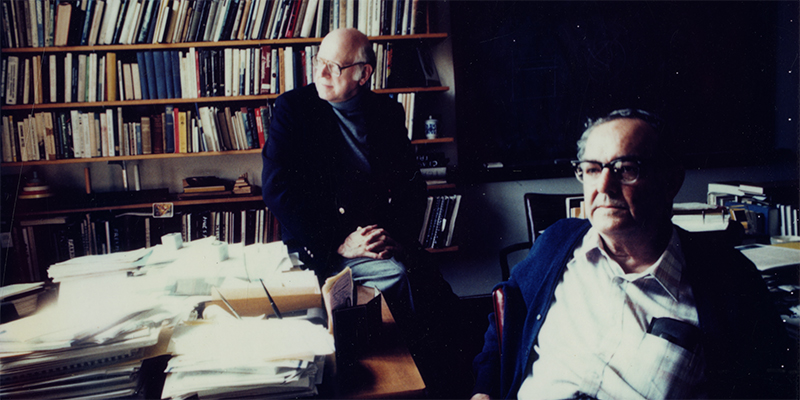





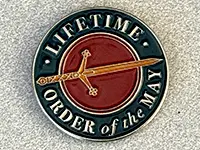 Inspiring others to give.
Inspiring others to give.
Alumnus Albert C. May founds the Annual Fund in 1947 and contributes every year until his death in 1998. CMU's Order of the May is named in his honor.
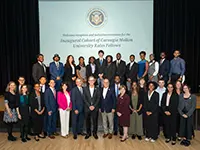 Cultivating the next generation of STEM leaders.
Cultivating the next generation of STEM leaders.
Carnegie Mellon and the Norman and Ruth Rales Foundation announce the Rales Fellows Program, a $150 million investment to broaden access to graduate STEM education, in 2023 and the first cohort joins CMU in 2024.





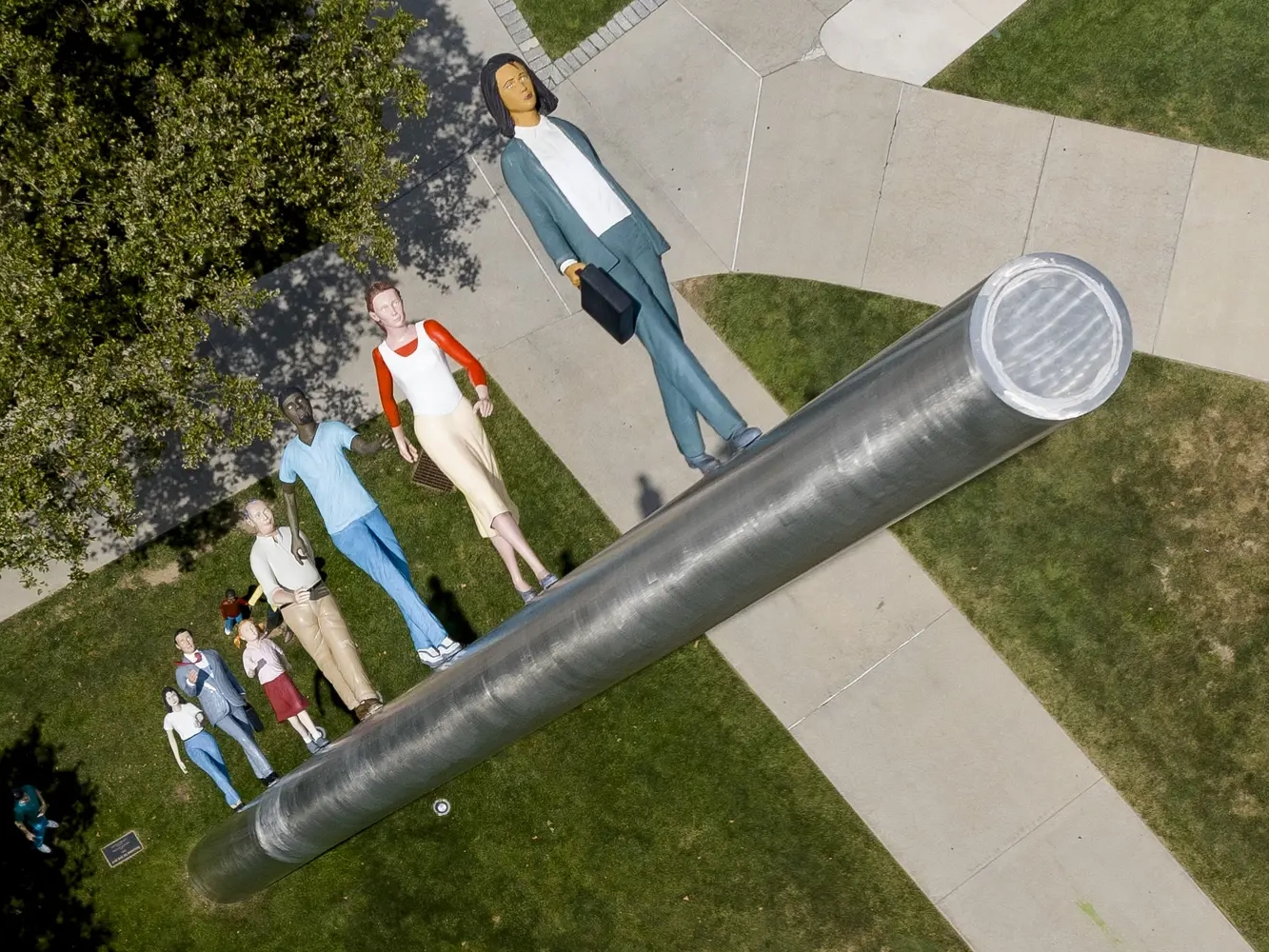 Increasing access.
Increasing access.
The new CMU Pathway Program provides significant financial relief to undergrads from low- and middle-income families, putting a CMU education within reach of more talented, qualified students.
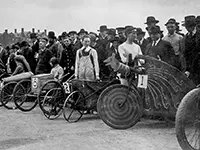 Getting things rolling.
Getting things rolling.
Originally dubbed the Interfraternity Motor Sweepstakes, the inaugural Buggy races take place in 1920 as part of the university's first alumni celebration, Campus Week.


 Piping into history.
Piping into history.
In 1991, Jimmy McIntosh, a royal performer and composer from Broughty Ferry, Scotland, established the first bagpiping degree program — here at CMU.
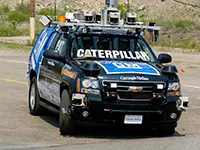 Racing past the competition.
Racing past the competition.
The Tartan Racing Team wins the prestigious DARPA Urban Grand Challenge in 2007 with a self-driving SUV named Boss, which completed the 55-mile course in 4:10:20.